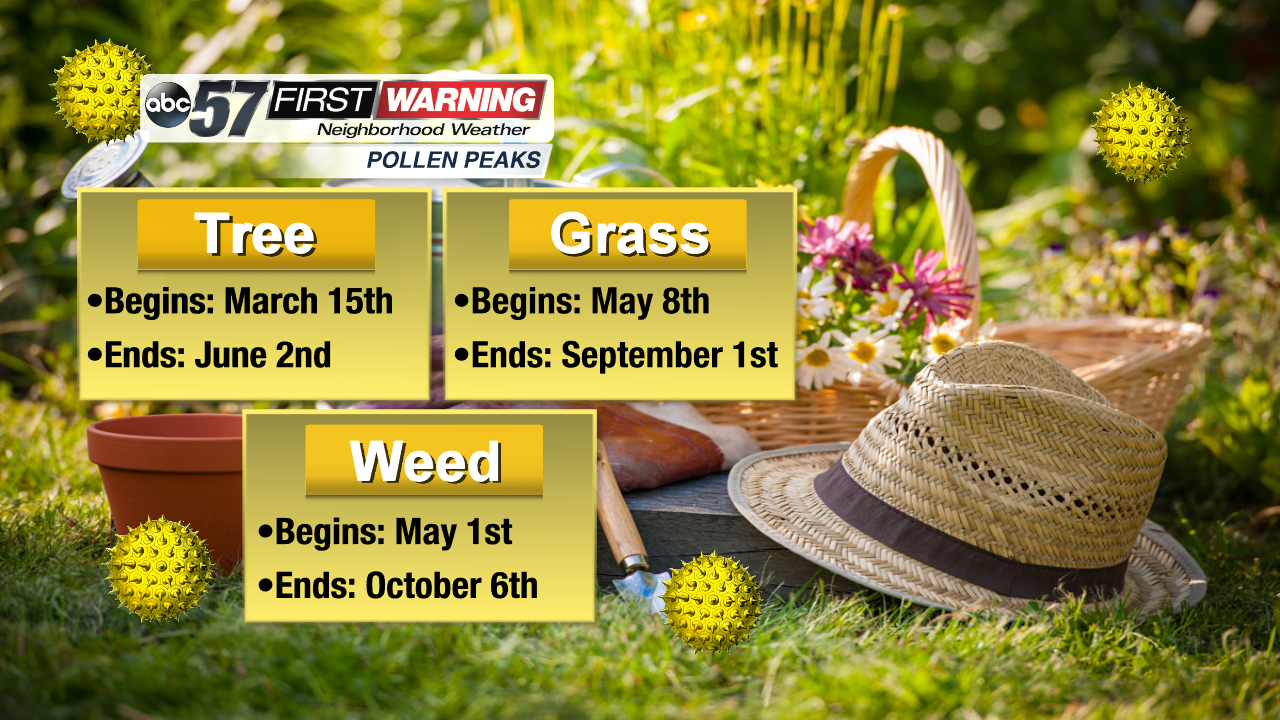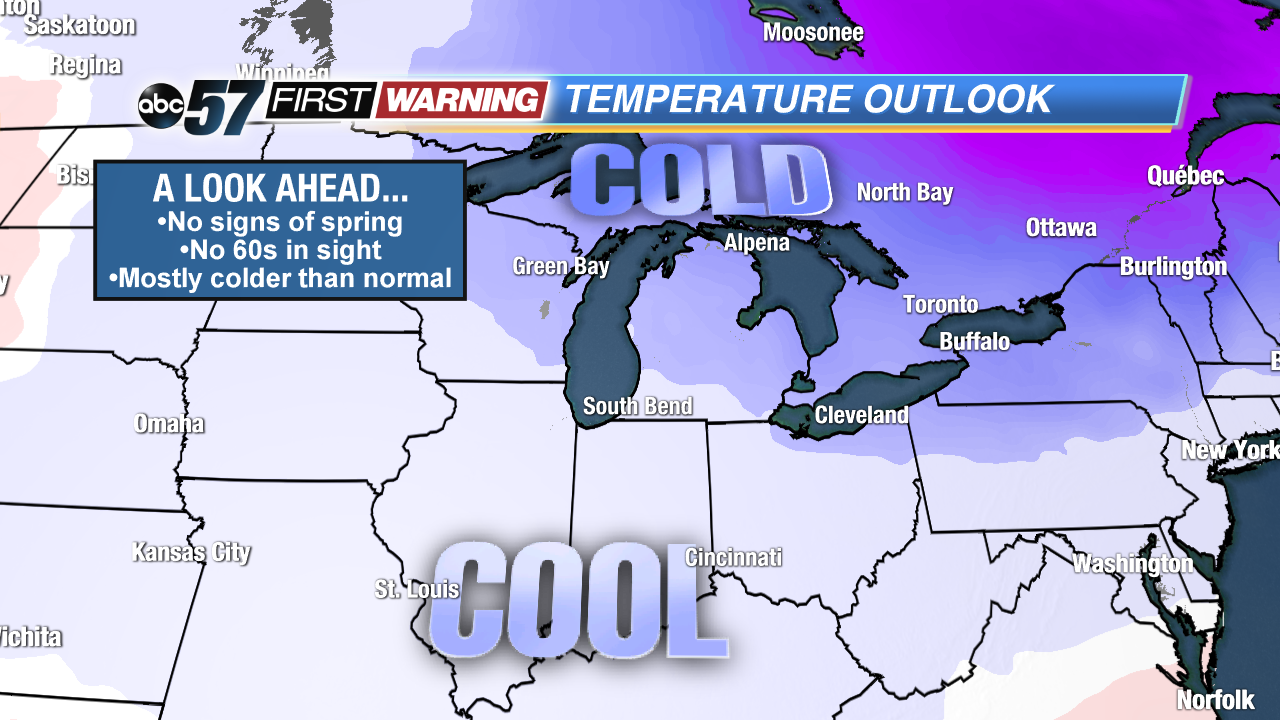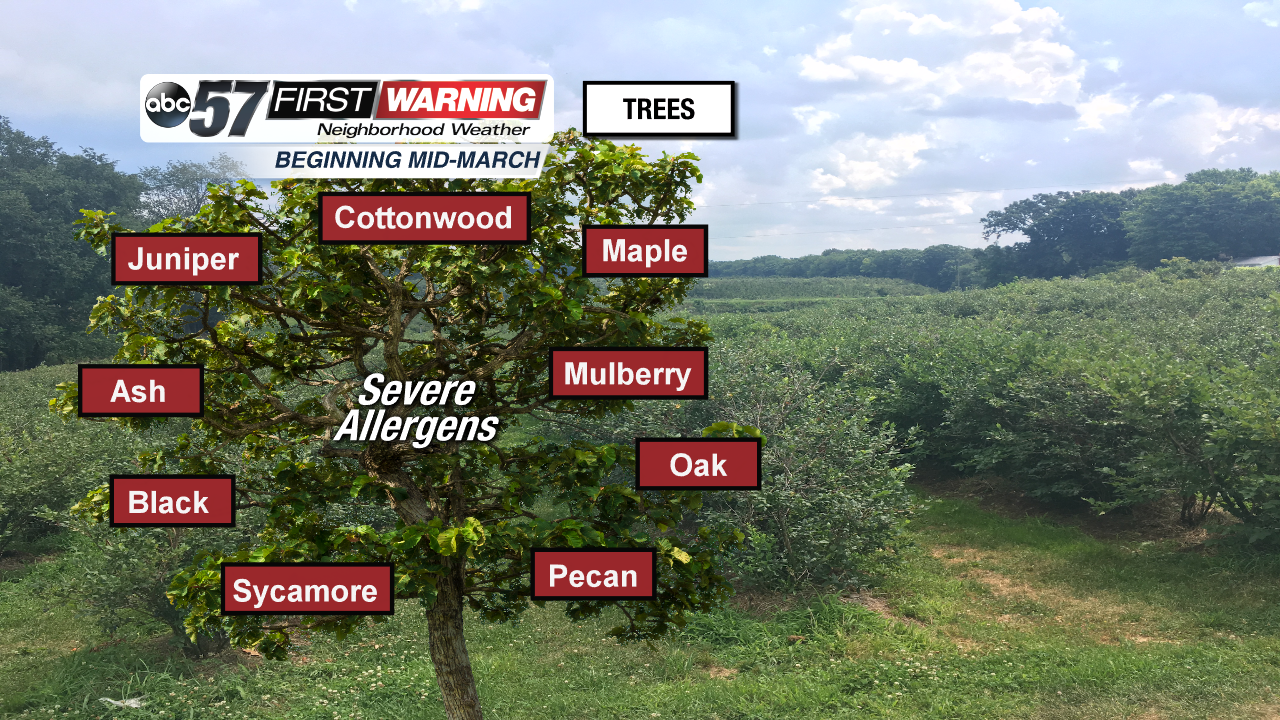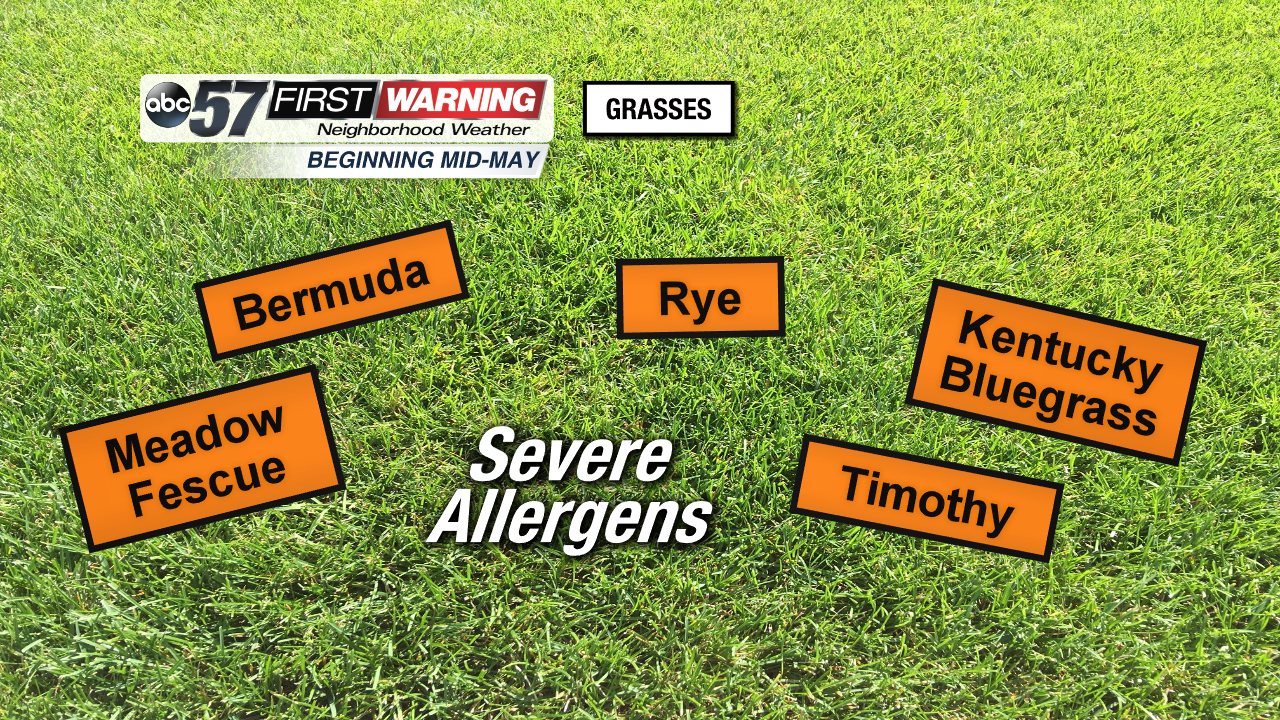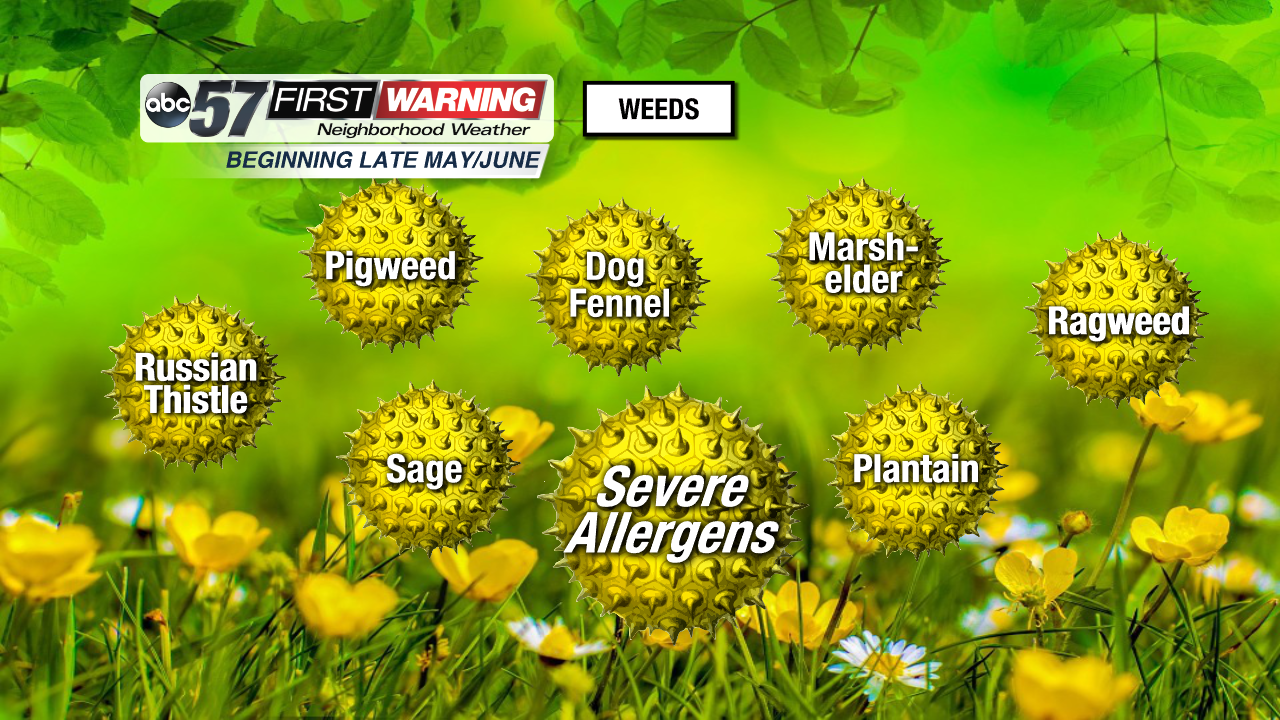Spring is here! So, when do those terrible allergens arrive?
Posted: Mar 20, 2019 10:55 AM EST
Spring officially starts at 5:58 p.m. Wednesday evening. So, that means warmer temperatures, rain showers, green grass, flowers, and allergy season is here. Or does it? Every spring season is different depending on how long winter holds on and how many "warm" days we see before April 1st. This year, it looks like we are heading for a delayed spring season. We have only eclipsed the 60-degree mark once in 2019, and there have been no lengthy stretches of mild days. Winter simply won't give up. And, looking ahead, there really isn't much that suggests spring will be here to stay any time soon.
Colder-than-normal temps will likely dominate into early April as it looks now. There will be some days in the 50s and perhaps nearly 60°, sure, but anything warmer than that looks rather unlikely. More importantly, we likely won't string together any legitimate stretches of spring-like warmth. Whenever warmer temps try to advance into the region, they will get pushed aside rather quickly by cooler air. This could certainly play a role in pollen as we head over the next few to several weeks.
Some trees begin releasing pollen as early as late February and early March. That, of course, is dependent upon whether or not Mother Nature plays by the rules. This year, that has not and likely will not happen. It has been a cold year so far, with March being well-below normal. This has likely delayed the trees from budding and releasing pollen. As a result, the typical tree pollen season of mid-March to late May could be pushed back. Based on current forecasts, we may not see high to extreme pollen levels from most of our trees until perhaps early or even mid-April. If we wind up seeing a few warmer days strung together, though, the trees could respond and deliver a powerful "pollen punch."
For grasses, pollen season is later in the year. Typically it lasts from mid-May thru roughly Labor Day Weekend. This is when grass pollen is usually at its peak across the Midwest and Northeast states, per HollisterStier Allergy. Meadow Fescue, Bermuda, Rye, Kentucky Bluegrass, and Timothy are all considered "severe allergens" in this region. As is the case with tree pollen, these grasses may not become problematic right away. Instead of mid-May, we may be talking late May, if not early June, before grass pollen rises to concerning levels for allergy sufferers.
Lastly, we have weed pollen. For the Great Lakes region, there are seven types of weed pollen that are considered "severe allergens." A normal year will see weed pollen peak from roughly June 1st thru October 1st. Depending on what happens in April and May in the weather department, weed allergens can be more problematic before June 1st. If the pattern stays cooler than normal well into April, though, peak weed pollen could be delayed further into June. Predicting peak pollen season for trees, grasses and weeds is by no means a perfect science. However, due to colder-than-normal temperatures expected to remain in place overall, significant suffering from pollen is likely to hold off later than normal. It's important to note that having cool temperatures in place into April will make the area susceptible to pollen "booms" whenever we do see our first three-day stretch or more of 60s and sunshine.

